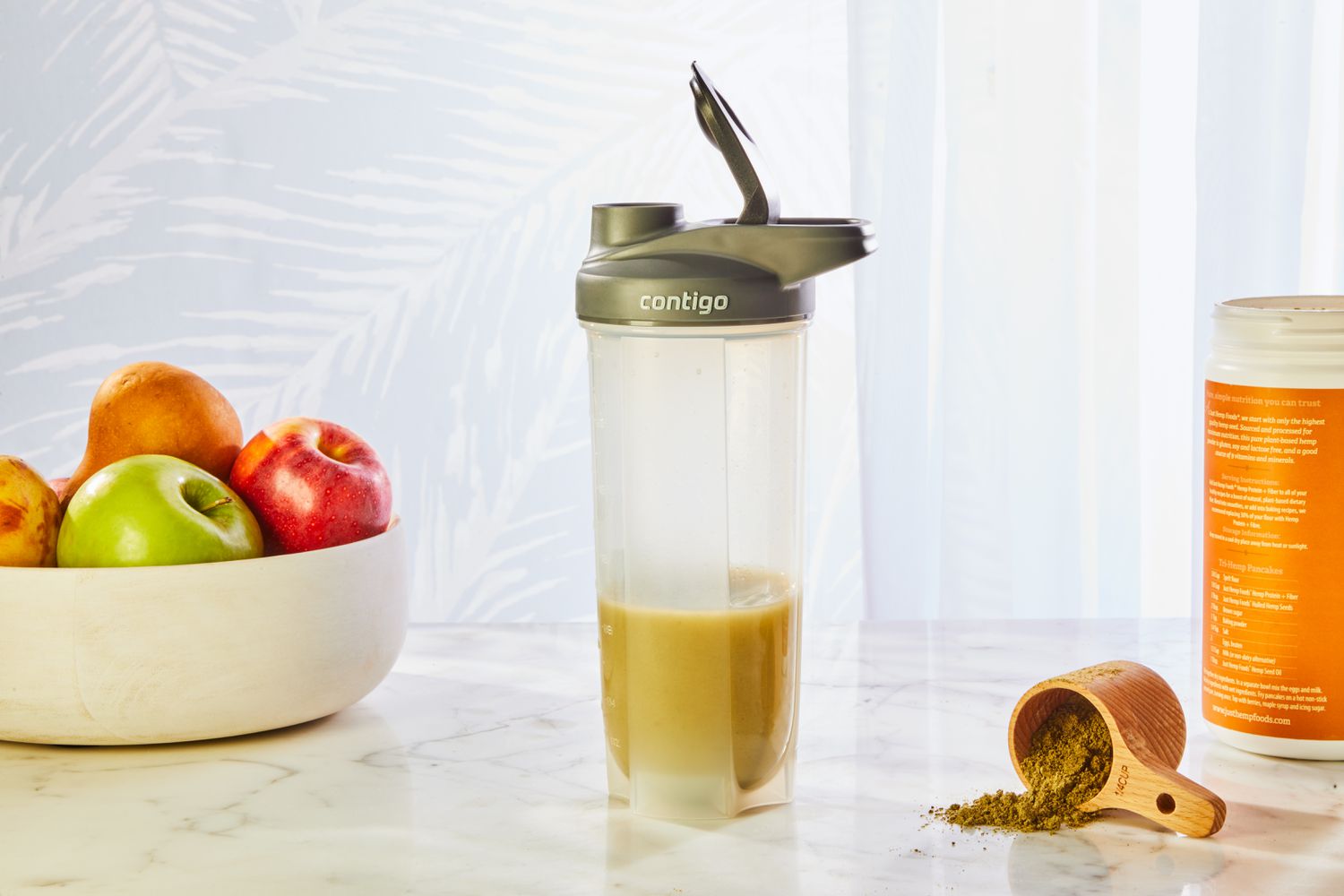Salt, made of sodium and chloride, can raise blood pressure by affecting blood volume, vessels, and the kidneys. Your body needs sodium to function correctly, but too much can increase blood pressure. About a third of people are “salt sensitive” and see a more substantial impact.
Jump to Key Takeaways.
1. It Increases Blood Volume
One key way sodium raises blood pressure is by increasing blood volume. Water “follows” salt, so when sodium levels in the blood rise, it draws in water from surrounding tissues. This extra fluid boosts blood pressure. Usually, your kidneys help correct this by removing the excess sodium and restoring fluid balance.
How Quickly Does Salt Raise Blood Pressure?
Eating a salty snack or meal can raise blood pressure in as little as half an hour. However, depending on how well the kidneys function, the effect can last longer, such as several days. Cutting back on salt can have a blood pressure-lowering effect within a week.
2. It Changes Blood Vessels
Too much salt can hurt blood vessels that carry blood around the body. Arteries usually expand and contract to control blood pressure and deliver oxygen and nutrients.
Over time, regularly eating too much salt can cause arteries to narrow and stiffen. This process is called vascular remodeling. It leads to constricted blood vessels that cannot relax and dilate normally. These changes can further increase blood pressure.
3. It Overworks or Damages the Kidneys
The kidneys help balance fluids and salts and remove waste (urine). Too much salt can cause them to hold onto extra fluid, raising blood pressure, especially in people with kidney disease.
Some People Are More Sensitive Than Others
Not everyone responds to salt in the same way. About 1/3 of people are considered “salt sensitive” and display excessive blood pressure rise in response to sodium intake. About half of the people with hypertension are salt sensitive. Salt sensitivity is also more common in:
Other people are considered “salt resistant” because their blood pressure doesn’t change much with salt intake.
What Happens If High Blood Pressure Goes Untreated?
High blood pressure typically doesn’t cause symptoms, and many people are unaware they have it. However, it’s commonly referred to as the “silent killer” because of the dangerous complications it can cause. These include:
How to Reduce Salt in Your Diet
Knowing how much sodium you eat can sometimes be challenging, since it’s hidden in various foods. The issue usually isn’t from adding table salt to your food. Many foods, mainly highly processed foods, contain a significant amount of sodium. Consider the following sodium contents of the following foods:
- Potato chips: 170 mg per ounce
- Canned chicken soup: 867 mg per cup
- Cheese: 325-2275 mg per cup, depending on the type
- Croissant with egg and cheese: 1,102 mg
To lower the salt in your diet, consider the following:
- Check nutrition labels to know exactly how much sodium is in foods
- Choose “no sodium,” “low sodium,” and “no salt added” options
- Look for fresh meat, seafood, and poultry rather than cured, smoked, or processed meats
- Use less salt when cooking or during your meal; replace it with spices and herbs for flavor
- At restaurants, choose from a low-sodium menu when available and ask for dressings and sauces on the side
- Check out resources for the “Dietary Approaches to Stop Hypertension,” also known as the DASH diet
After cutting down on salt, you might feel that food tastes bland for the first few days. However, your taste buds will get used to less salt after some time.
How Much Sodium Should You Have Per Day?
Salt is made of sodium and chloride, with sodium making up about 40%. Just one teaspoon of salt has around 2,300 mg of sodium, the daily limit for most adults. Ideally, adults should aim for 1,500 mg per day, but most people consume 2,000 to 5,000 mg, which can raise the risk of high blood pressure.
How Can Potassium Help Your Blood Pressure?
Potassium, like sodium, is another essential electrolyte for the body’s functioning. However, unlike salt, potassium has the effect of lowering blood pressure. That’s why the American Heart Association recommends healthy adults get enough potassium in their diet. Increasing potassium in your diet can lower your blood pressure by 4 to 5 mmHg if you have high blood pressure.
The following foods are high in potassium:
- Leafy greens like spinach, broccoli rabe, Swiss chard, and beet greens
- Fruits like bananas, kiwi, guava, prunes, and apricots
- Fruit and vegetable juices and coconut water
- Beans, such as lima, adzuki, soy, and white beans
- Potatoes, sweet potatoes, and yams
- Acorn and butternut squash
- Tomatoes
- Yogurt and milk
Not everyone should increase their potassium intake. People with kidney disease, in particular, should follow their healthcare provider’s advice, as their bodies may not regulate potassium properly, leading to dangerously high levels (hyperkalemia).
Some medications and supplements can also raise potassium levels. Check with your provider before making changes.
When to Talk With a Healthcare Provider
If your blood pressure is high, please follow up regularly with your healthcare provider to ensure it’s controlled. Adults should see a healthcare provider for high blood pressure checks at least once a year.
If you eat a diet with lots of salt and highly processed foods, consider speaking with a healthcare provider or registered dietitian nutritionist. They can help you make healthy changes and lower the salt in your diet to prevent or manage conditions like high blood pressure.
Key Takeaways
- Salt does raise blood pressure through its effects on blood volume and blood vessels.
- See your healthcare provider for blood pressure screening.
- If your blood pressure is high, lifestyle changes like lowering salt and increasing potassium in the diet can help.














